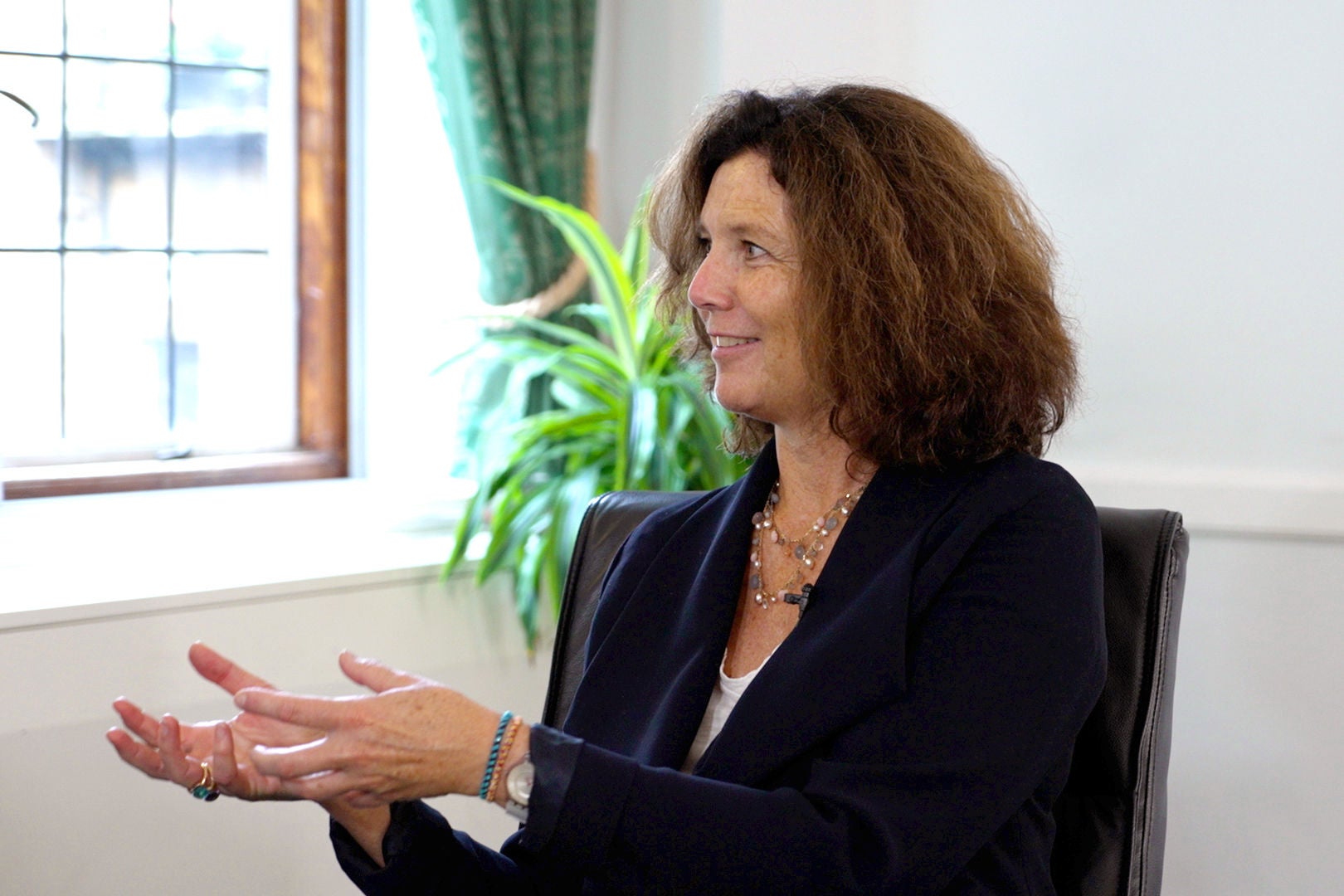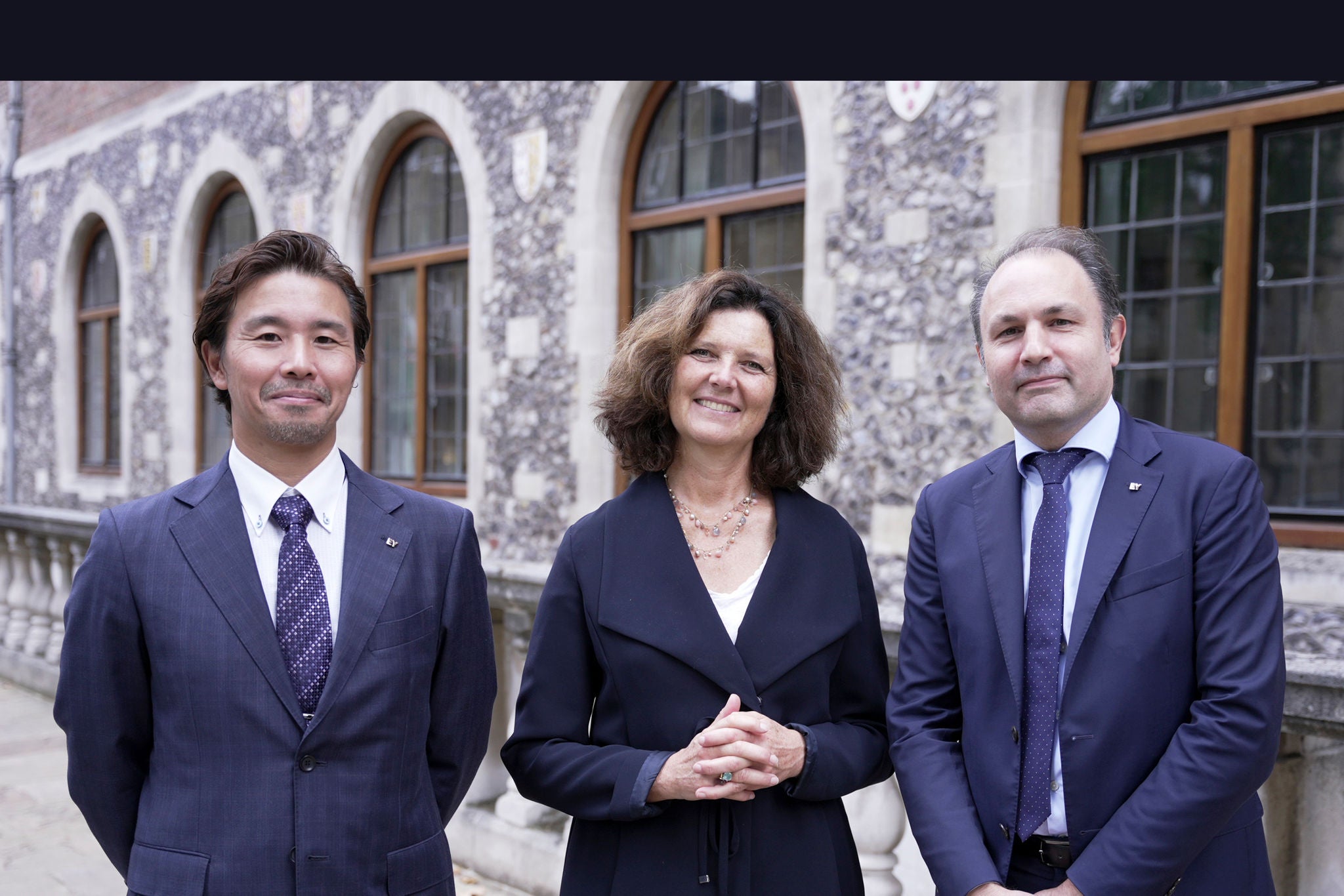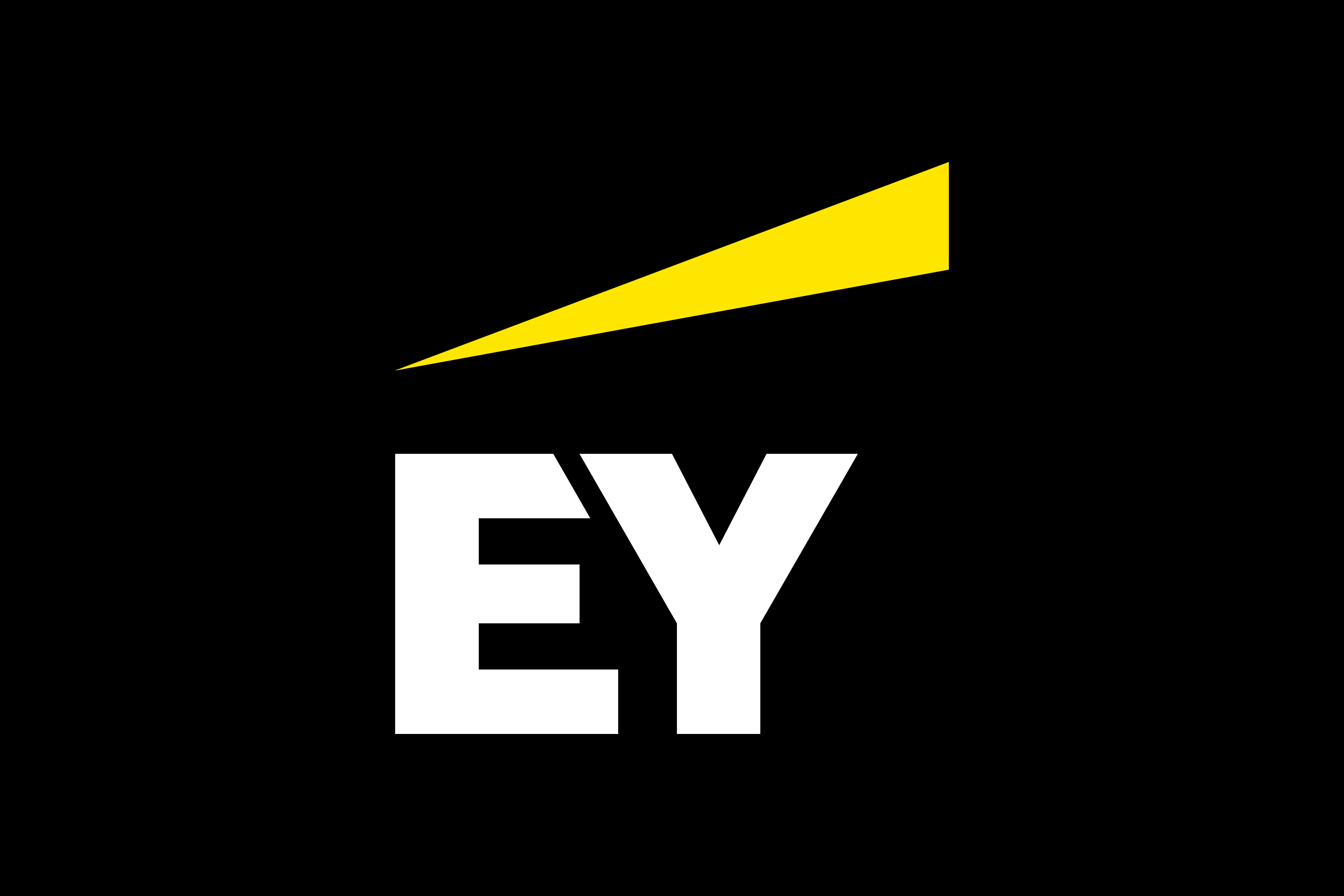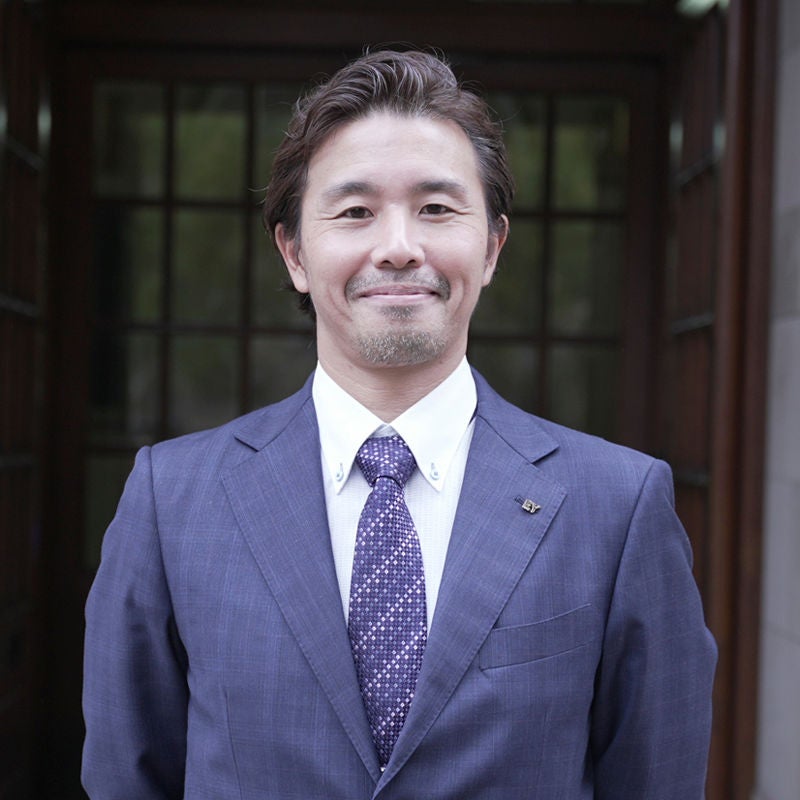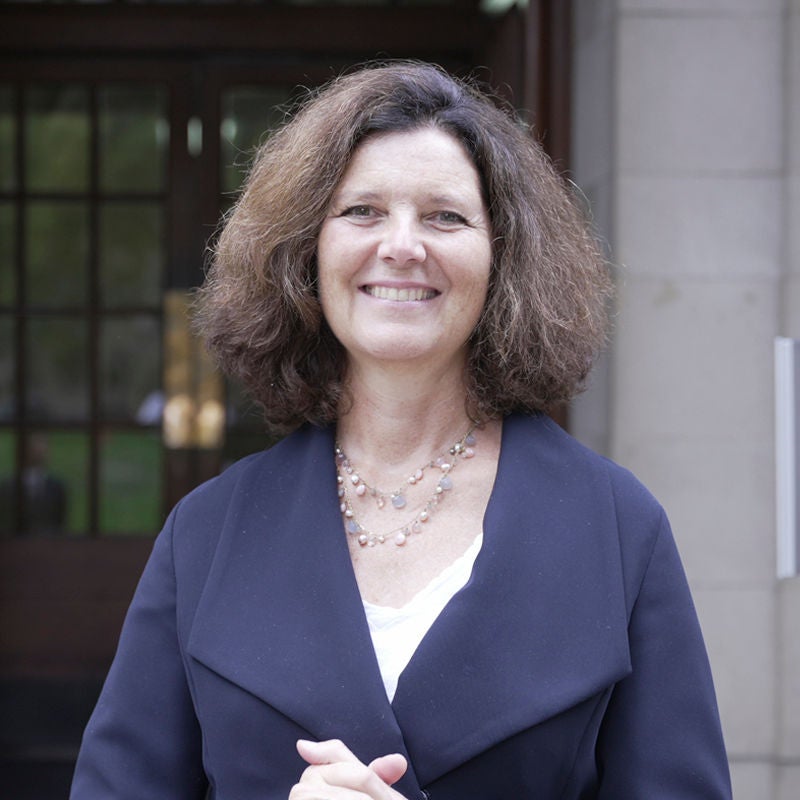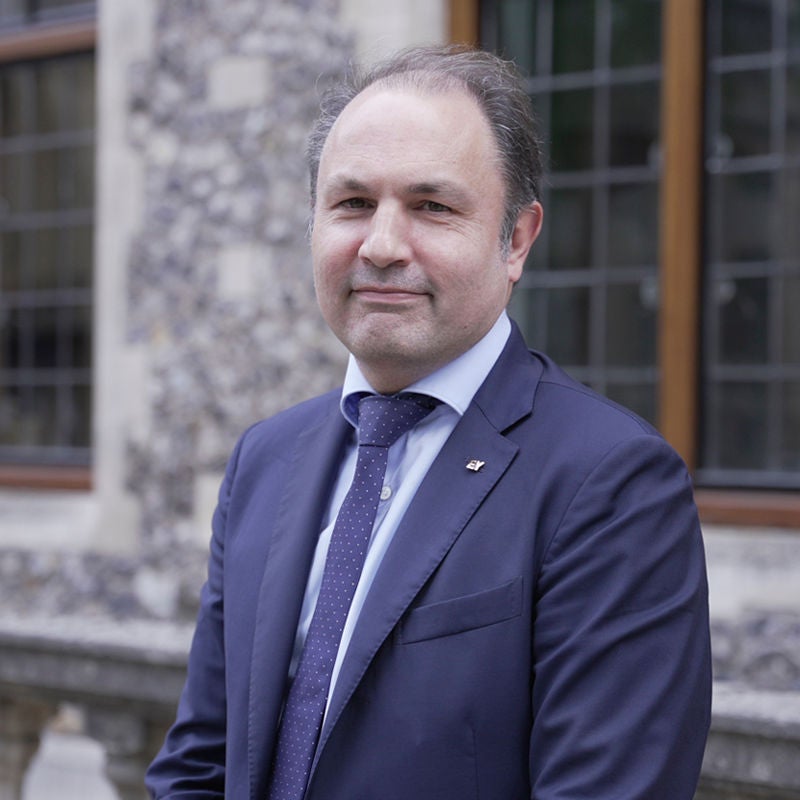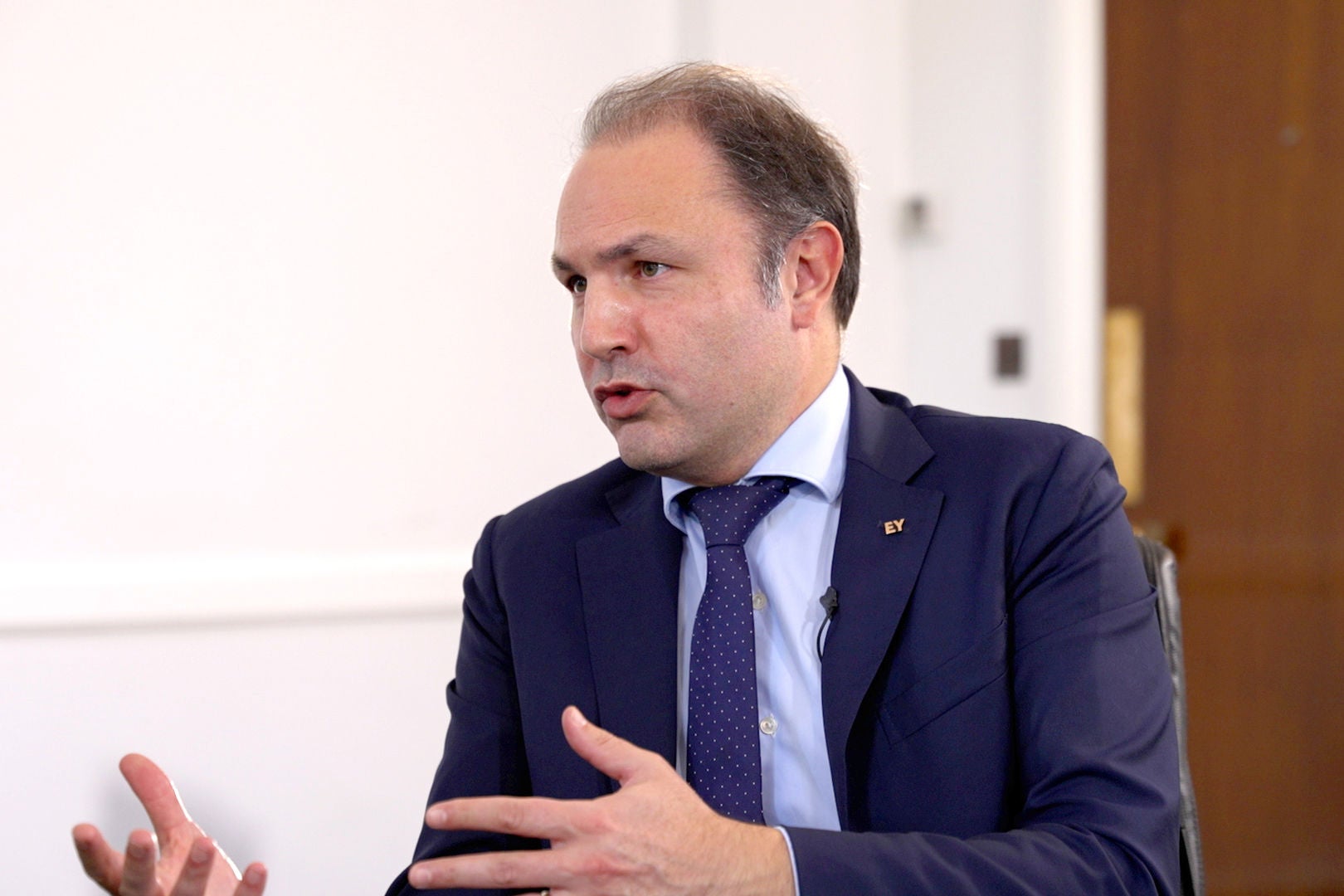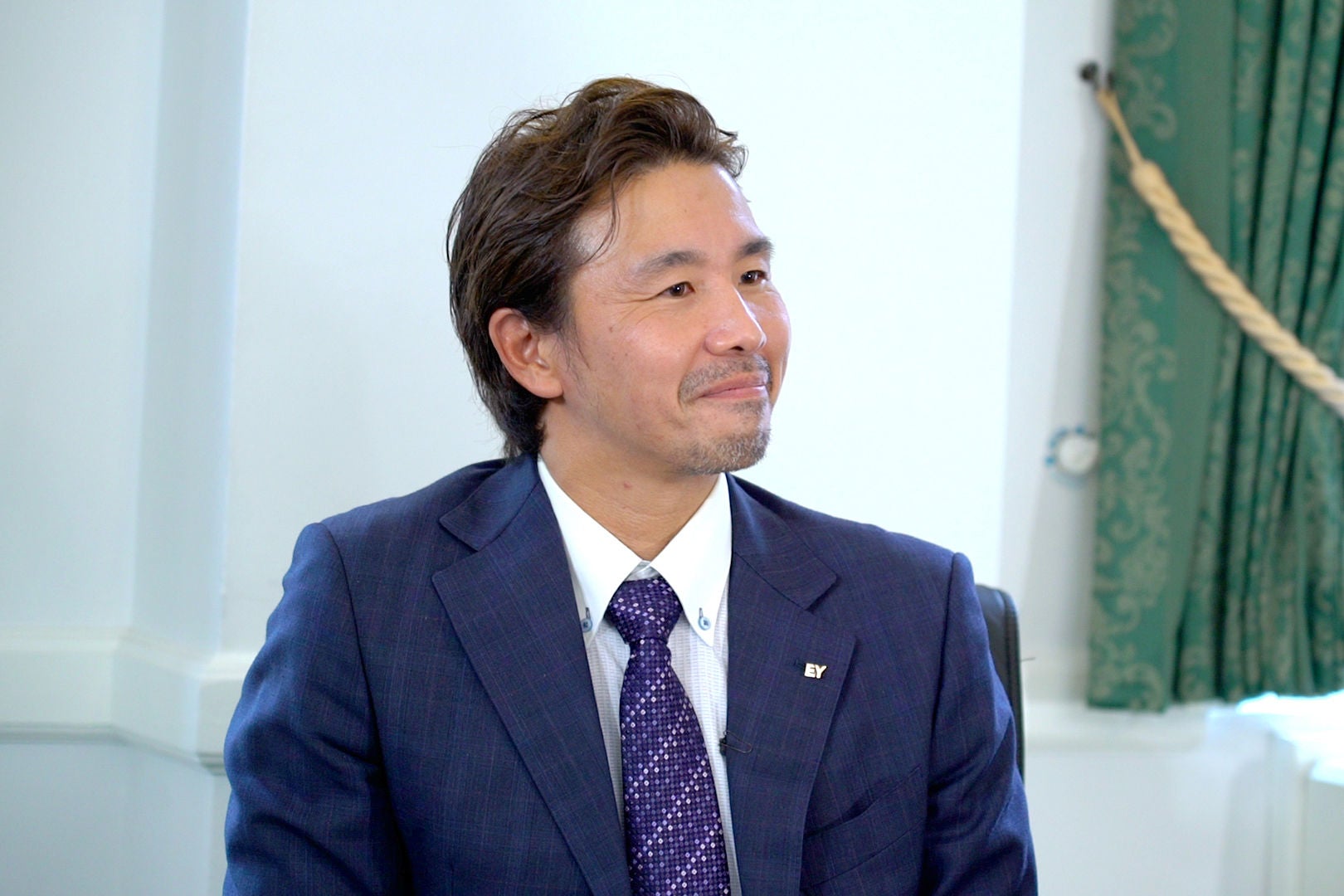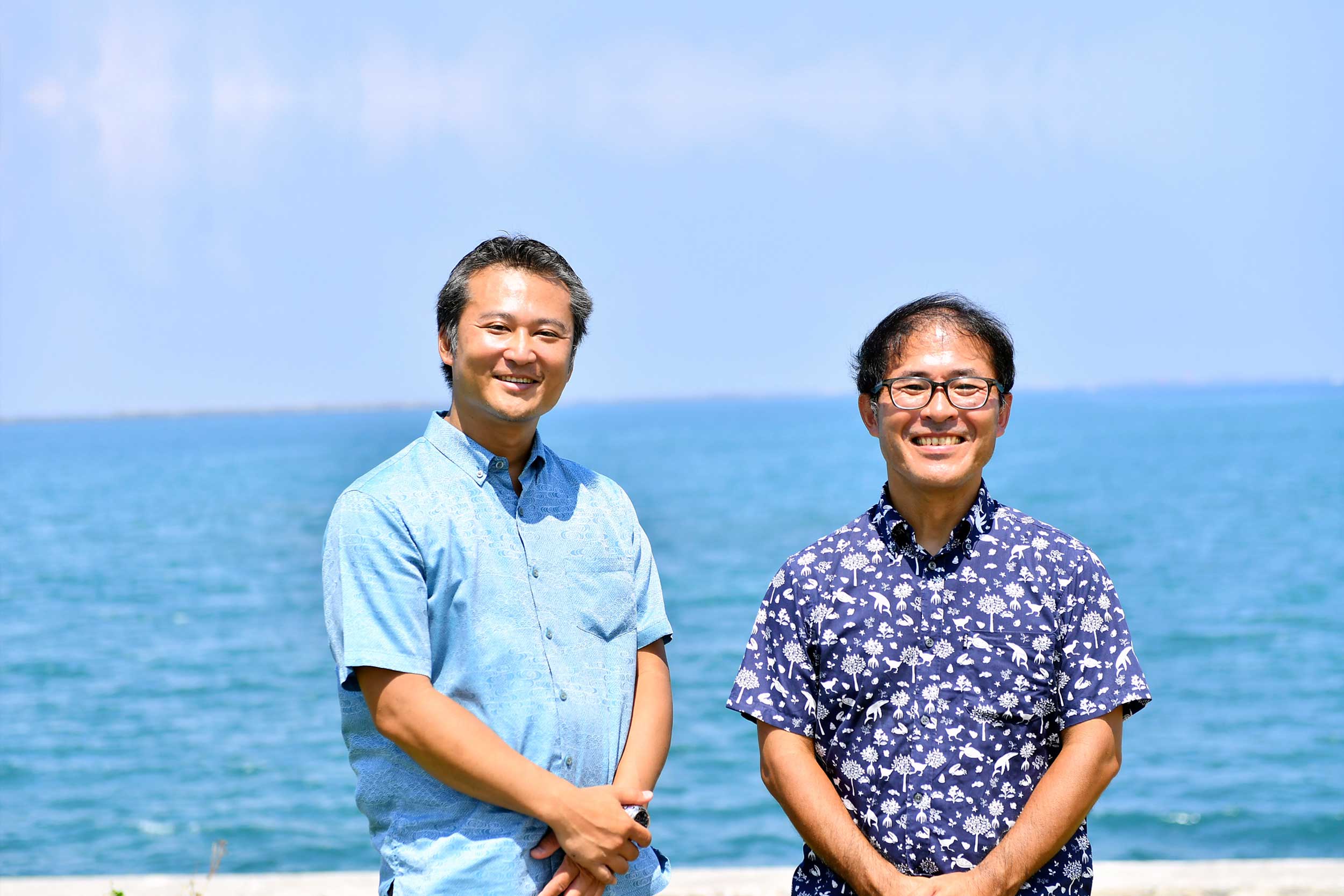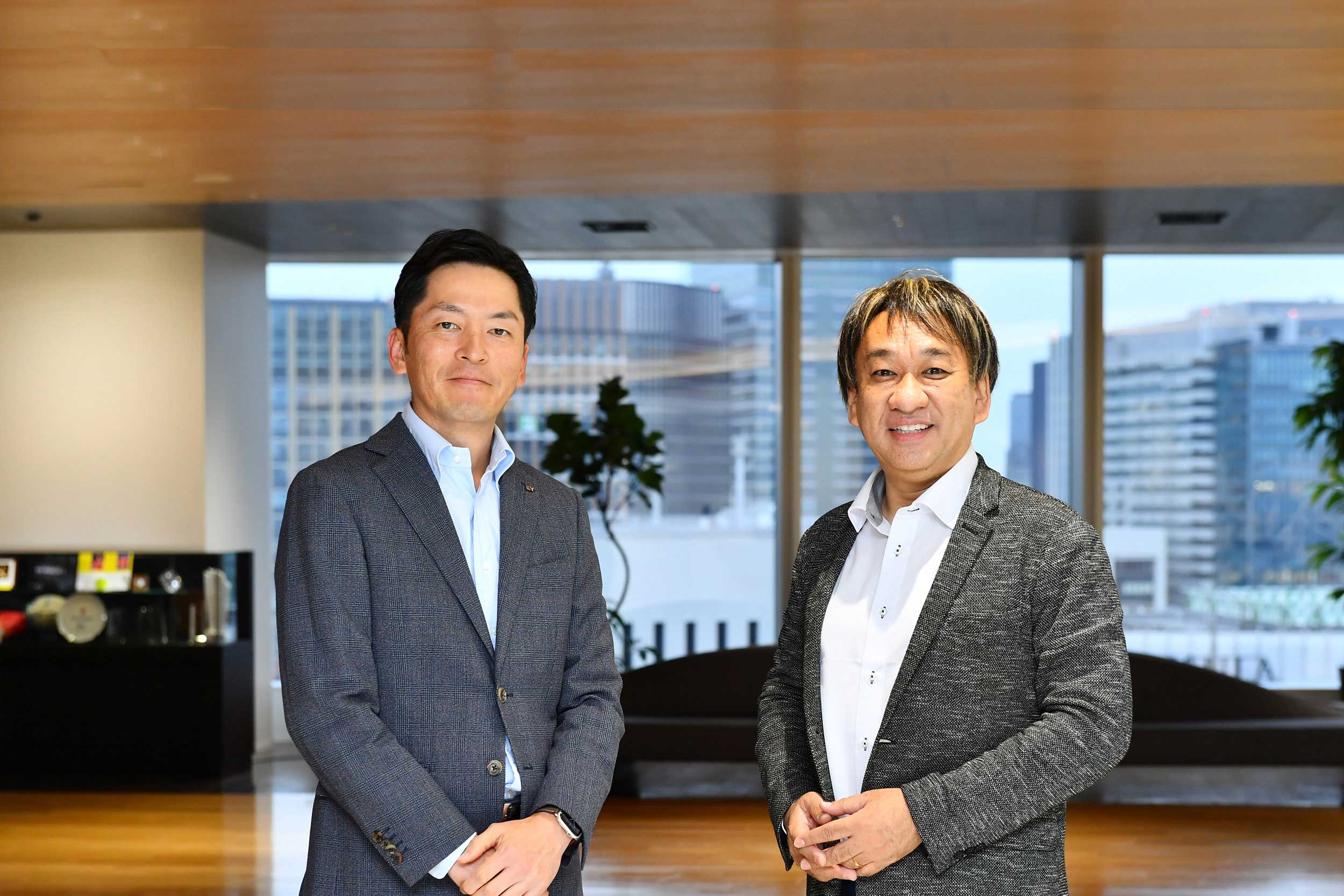Ms. Borgeaud: We welcome feedback in every shape or form. Discussions on nature are still ongoing. We need to keep up with all the scientific data that we can obtain from different knowledge partners, and many parts are moving at the same time.
Moro: What expectations do investors have of TNFD?
Ms. Borgeaud: There’s a lot of investor interest in what TNFD does—this is a great opportunity for investors who want to be more attentive to nature. At the same time, it is important to form a collective view on how to view and be more attentive to nature. TNFD’s purpose is to provide that opportunity.
We also have close discussions with the Network of Central Banks and Supervisors for Greening the Financial System (NGFS). The NGFS has already identified potential threats to financial stability with respect to climate change and biodiversity, and this has quite obviously caught investors’ attention.
Gazzo: Future risks are being uncovered in sectors directly related to nature, such as agribusiness, as well as in other sectors. I think that the use of TNFD’s framework is going to be a first step for investors to better assess the risks and opportunities related to nature and biodiversity, just like the Task Force on Climate-related Financial Disclosures (TCFD).
Ms. Borgeaud: Many investors are at the point where they understand that up to now, financial management, asset allocation, or investment allocation methodologies have not been adequate for solving nature-related challenges. Rather, it’s important to take specific measures that are meaningful with regard to issues related to nature. This requires a framework that allows for comparisons by sector or biome and cross-sectoral analysis, as well as one that is easily shared by everybody.
Gazzo: Another important perspective is that many stakeholders realize that biodiversity is a challenge that must be tackled immediately. We have to move fast if we want to avoid the catastrophic situation that we could face some years from now. We need to respond to this challenge more effectively with a framework that is comparable and can be a level and transparent playing field for everyone to compare performance. That’s the end goal of TNFD.
Ms. Borgeaud: TNFD is maintaining active dialogues with international organizations, including the Science Based Targets Network for Nature (SBTN) and the Convention on Biological Diversity (CBD). In this process, we will start to be able to see overall scenarios that describe the future.
Gazzo: We don’t currently have a core scenario or one single metric for biodiversity. We are pursuing a process of dialogue and improvement with the goal of completing the framework through an iterative, trial-and-error approach. As we say in French, “le mieux est l’ennemi du bien,” or perfect is the enemy of good. It’s important to accept that even if what we have right now is not perfect, it is still a step in the right direction.
